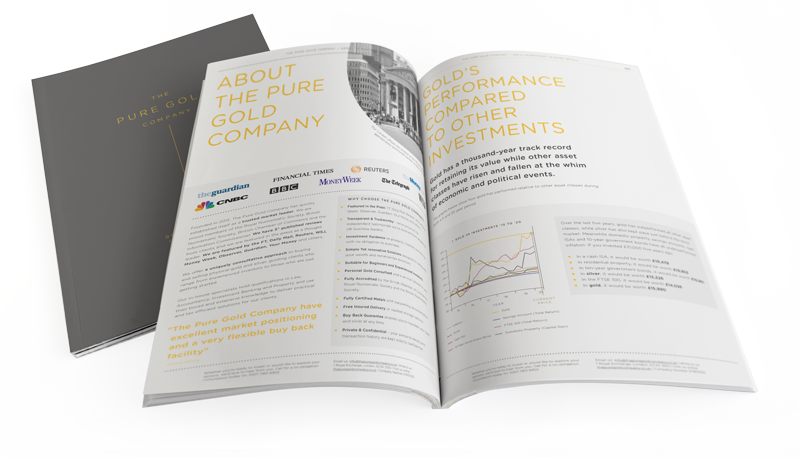The Pietra Sussan Company
08/03/2017
Alan Greenspan, long-standing chair of the United States Federal Reserve from 1987-2006, is a man whose economic advice should not be taken lightly. A veteran economist who served under four US presidents, Greenspan’s position on gold has changed several times. In 1966, for example, he wrote that “this is the shabby secret of the welfare statists’ tirades against gold. Deficit spending is simply a scheme for the confiscation of wealth. Gold stands in the way of this insidious process. It stands as a protector of property rights. If one grasps this, one has no difficulty in understanding the statists’ antagonism toward the gold standard.”
The gold standard – a new perspective
In his tenure at the Federal Reserve, however, Greenspan did the opposite, spending heavily and printing money, policies which some say contributed to the US economy’s disastrous collapse from the subprime mortgage crisis and the earlier dotcom bubble. Now, nine years after the recession, he has once again changed his mind and offered a new perspective on the position of the gold standard in the economy, in the February edition of the World Gold Council’s Investor magazine.
“Today, going back on the gold standard would be perceived as an act of desperation. But if the gold standard were in place today, we would not have reached the situation in which we now find ourselves. We would never have reached this position of extreme indebtedness were we on the gold standard, because the gold standard is a way of ensuring that fiscal policy never gets out of line.”
Most nations left the gold standard in the economic chaos following the Second World War, when the sheer cost of paying for the conflict left many gold reserves entirely empty. The United States remained on the gold standard until the Nixon Shock in 1971, when it abolished the unequal Bretton Woods system and converted the US dollar into a free-floating fiat currency that was not backed by any physical standard.
Gold providing stability
Greenspan’s argument is that, had the world retained the gold standard, due to gold’s stability the current economic crises would be less severe, and the various national economies would be able to spend more from more stable currencies to prop up crumbling infrastructure and social benefit programmes. Government expenditure growth, the main driver of financial destabilisation, would be more controllable if the currency were tied to a specific reserve. In addition, banks would be at a more advantageous position with the increased stability that gold reserves would bring.
He also comments that it’s hard to find any large economy that isn’t faced with some form of financial instability at the present time – the United States is seeing 1970s-levels of stagflation, the Eurozone seems unsustainable, Brexit leaves the UK’s financial future murky and Japan and China are still too troubled to rely on. As central banks begin hoarding gold once again, the price is set for a steep rise.
Experts say: gold
For private investors looking to safeguard their wealth, this reinforces the fact that the global financial system is once again becoming unreliable, and gold investment is becoming increasingly necessary. The fact that many major reserve managers and prominent economists like Alan Greenspan are now putting their money behind gold, both on a national and personal level, suggests that the price of the metal will begin to rise and the desirability of a financial safe-haven will become paramount.

